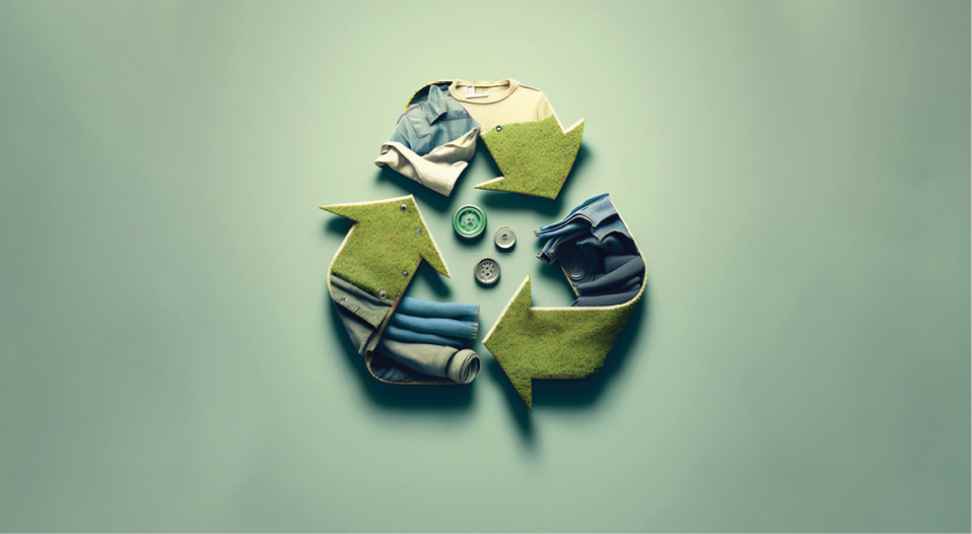Alphaexch247, Kabook Login, VL Book: The textile industry is one of the largest contributors to global waste generation, with a significant amount of textile waste being disposed of in landfills. This excessive waste not only poses environmental challenges but also exacerbates the depletion of natural resources. The fast fashion culture, characterized by the constant production and rapid turnover of clothing items, further intensifies the accumulation of textile waste as consumers discard garments after only a few uses.
Moreover, the inability to effectively manage textile waste results in various environmental repercussions, including water and soil contamination. The chemical dyes and finishes used in textile production can leach into the environment, polluting water sources and harming ecosystems. Additionally, the decomposition of synthetic fibers releases microplastics into the soil and water, further contributing to the global plastic pollution crisis.
The Concept of Circular Economy in Textile Industry
In the textile industry, the concept of a circular economy has also gained traction as a sustainable solution to address the growing issue of textile waste. Instead of following the traditional type linear model of production, consumption, and disposal, the circular economy aims to create a closed-loop system where materials are reused, recycled, or upcycled to minimize waste and reduce environmental impact.
By adopting the principles of a circular economy, textile companies can not only reduce their carbon footprint but also drive innovation in design and production processes. This shift towards a more sustainable approach encourages producers to consider the entire lifecycle of their products, from sourcing materials to end-of-life disposal, promoting resource efficiency and creating a more environmentally conscious industry.
Innovative Recycling Technologies for Textile Waste
Tigerexch247, GX247, Mglionbet: Faced with the growing issue of textile waste, the textile industry is increasingly turning to innovative recycling technologies for solutions. These technologies aim to transform discarded textiles into new materials or products, reducing the environmental impact of the industry.
One such technology is chemical recycling, which involves breaking down textile waste into chemical components that can be used to create new fibers or fabrics. This process offers a more sustainable alternative to traditional textile recycling methods, such as mechanical recycling, by producing higher quality materials with minimal waste.
� Chemical recycling is a promising solution for the textile industry to reduce waste
� This technology breaks down textile waste into chemical components for creating new fibers or fabrics
� It offers a more sustainable alternative compared to traditional methods like mechanical recycling
What is textile waste?
Textile waste refers to any discarded or unused textiles, such as clothing, fabric scraps, and household textiles.
Why is textile waste a problem?
Textile waste contributes to environmental pollution and waste accumulation in landfills, as textiles take a long time to decompose.
What is the concept of circular economy in the textile industry?
The circular type economy in the textile industry aims to minimize waste by promoting the reuse, recycling, and upcycling of textiles to create a sustainable and closed-loop system.
What are some innovative recycling technologies for textile waste?
Some innovative recycling technologies for textile waste include mechanical recycling, chemical recycling, and upcycling processes that transform waste textiles into new products.
How can these recycling technologies help reduce textile waste?
By utilizing innovative recycling technologies, textile waste can be diverted from landfills and instead be transformed into new textiles, reducing the environmental impact of textile production.
Are there any challenges in implementing these recycling technologies for textile waste?
Some challenges in implementing recycling technologies for textile waste include the need for investment in infrastructure, technology, and consumer awareness to support a circular economy in the textile industry.

